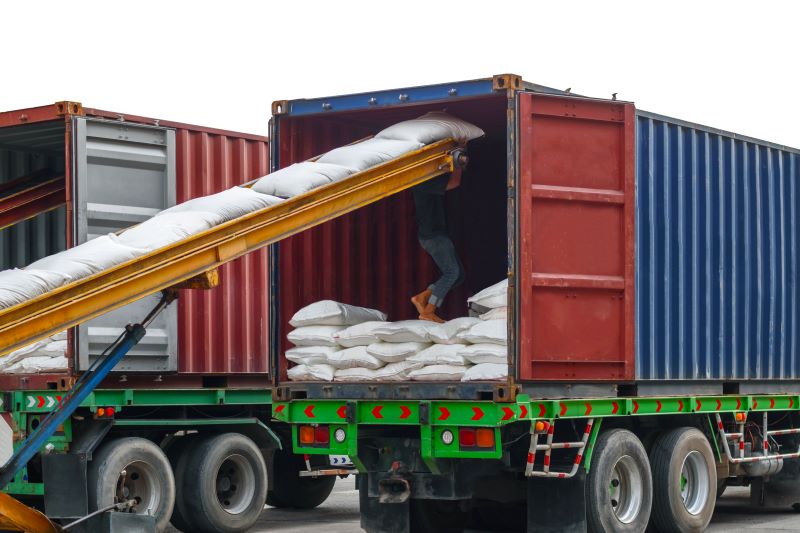Companies that ship food to the U.S. must comply with laws designed to ensure that food exports meet the same safety standards as what’s grown and manufactured here in the U.S. But do U.S. manufacturers who export all of their products to other countries have to follow similar rules? Can exporters skip the price tag and commitment of personnel and other resources required for food safety programs and ongoing training?
This blog from ImEPIK will look at the U.S. laws governing food exports and what steps exporters should take to ensure they’re protecting both their brand and the consumers who buy their products — regardless of the food’s final destination.
FDA Food Facility Registrations
Long before the Food Safety Modernization Act (FSMA) was signed into law in 2011, the Public Health Security and Bioterrorism Preparedness and Response Act of 2002 mandated that the FDA take steps to protect the public from a “threatened or actual terrorist attack on the U.S. food supply.” In the wake of 9/11, legislators wanted an extra layer of security for food facilities to guard against the intentional adulteration of the food supply.
The Bioterrorism Act requires domestic and foreign facilities that manufacture, process, pack, or hold food for human or animal consumption in the United States to register with FDA.
 As of mid-December, more than 127,000 food facilities outside the U.S. were registered. Domestic registrations were at about 93,300.
As of mid-December, more than 127,000 food facilities outside the U.S. were registered. Domestic registrations were at about 93,300.
FSMA later amended the Bioterrorism Act’s registration requirement, adding that U.S. and foreign registered facilities would permit FDA inspections.
According to a spokesperson at the FDA’s Center for Food Safety and Applied Nutrition, the agency does not have requirements that apply specifically to U.S. manufacturers exporting food. It’s imperative, however, that U.S.-based exporters know the laws for food safety and other standards in the countries to which they are shipping. According to the FDA, importing countries set their own requirements, and it is the responsibility of food companies to comply.
An exception is the FSMA’s Produce Safety Rule, which establishes requirements for produce grown in the U.S. All U.S. produce must be grown according to the Produce Safety Rule, regardless of where it will be sold.
Systems Recognition and How It Can Aid Exporters
The FDA doesn’t have a master list of food safety requirements for all exporting countries, but it relies on tools such as Systems Recognition for more significant trading partners. Systems Recognition enables the FDA to acknowledge and leverage the reliable food oversight of a foreign regulatory counterpart, according to the spokesperson.
Systems Recognition is a partnership between U.S. FDA and a foreign regulatory counterpart in which the agencies have concluded that they operate comparable regulatory programs that yield similar food safety outcomes,” the spokesperson said.
According to the FDA, the U.S. currently recognizes the food safety systems in Australia, New Zealand, and Canada.
“Although the (Systems Recognition) arrangements include many human foods, they exclude certain types of food from the scope of the arrangements, and excluded items may vary with each S.R. arrangement,” according to the FDA spokesperson.
ImEPIK’s Food Safety Training Helps Promote Your Products
With different rules in exporting countries, companies may find it best to adopt Food Safety Modernization Act regulations. But, again, companies must learn about the legal needs of export partners. By adhering to the FSMA, U.S. exporters will likely have an edge when seeking customers in export countries. Indeed, a food safety plan with current good manufacturing practices is a premium for foreign retailers and foodservice operators.
ImEPIK’s food safety course is an online-based program that allows users to proceed at their own pace. For more information, see the company’s website; contact us for more details.
